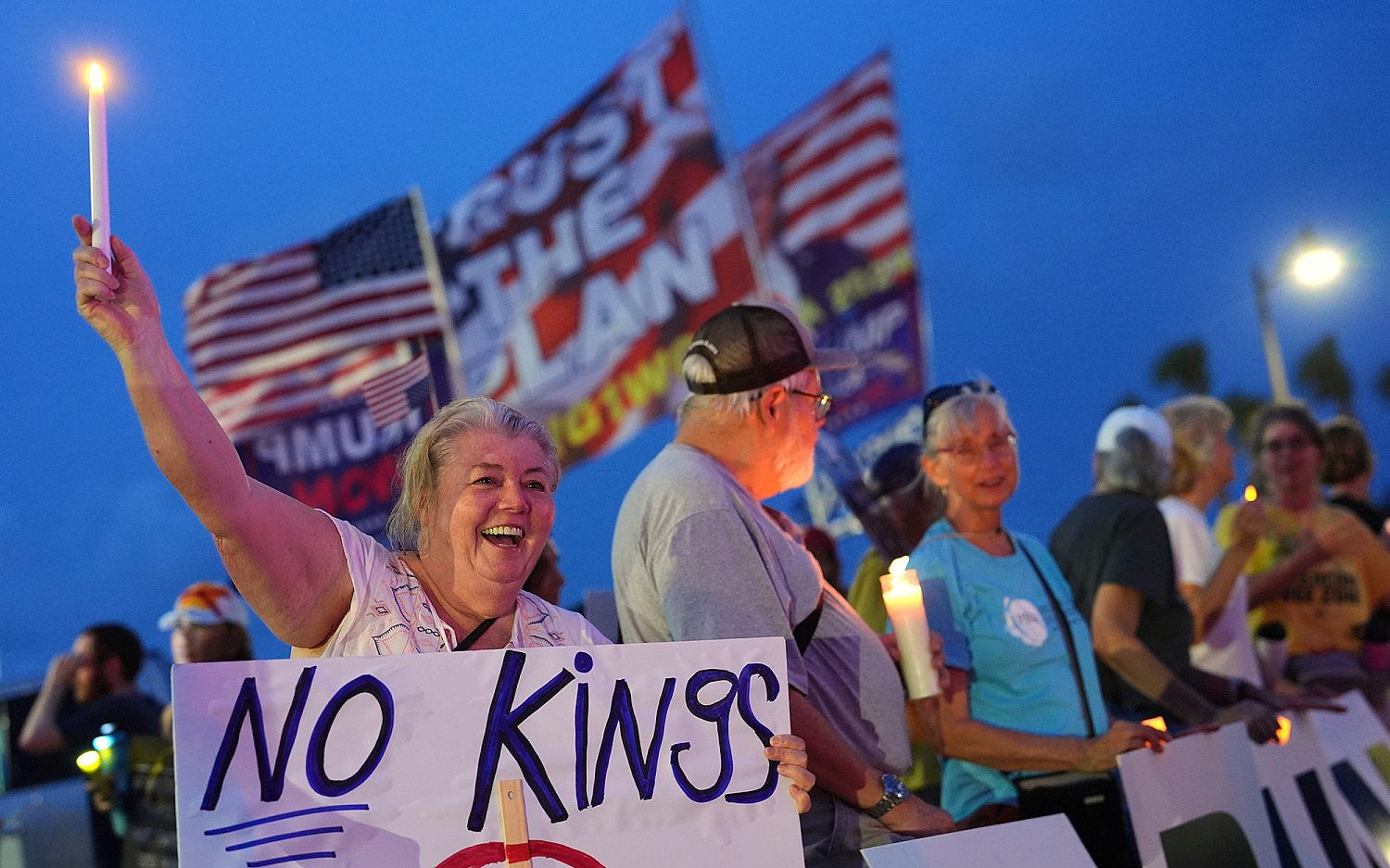Today a stowaway, tomorrow a terrorist?
A California teen who snuck into the landing gear of a plane headed for Maui and survived a five-hour ride on the Hawaiian Airlines jet is raising questions about the extent of jetway security at smaller airports.
At about 1 a.m. Sunday, the 15 year-old runaway jumped the fence at Mineta San José International Airport, ran across the jetway, and climbed up the landing gear of a Boeing 757, where he remained, curled in fetal position, for the entire flight. He stumbled off his perch an hour after the plane landed on Monday morning. Authorities caught his descent on video and took him to a hospital.
The situation is garnering attention partly because the teen is still alive. Jon Day, general manager of Southern California Aviation, said the combination of the high altitude, below-freezing temperatures, and lack of proper pressurization should have claimed the boy’s life. “If the plane hit any kind of turbulence, it would be like riding a roller coaster without a seatbelt on,” Day said. “My theory is, it’s almost a miracle. He got incredibly lucky.”
But the teen’s escapade also is raising concerns about airport security. Even though the Transportation Security Administration (TSA) has spent $80 billion on aviation security since its inception in 2001, it does not cover airport perimeters. “We were investing all our resources in the front door, which were the passengers and their bags,” Rafi Ron, former head of security at the closely guarded airport in Tel Aviv, Israel told the Associated Press. “And we left the back door open … the perimeter and access to aircraft.”
While the TSA monitors passengers and baggage, it is the responsibility of the local airport to secure the jetway and the airplanes. Some larger airports use advanced technology that’s designed to detect trespassers and suspicious activity and automatically alert authorities. But smaller airports, like San José, use less effective methods that often fail to provide useful information or overload the system with too many false alarms. “What happened in San José can happen as we speak at other airports, because nobody can watch all these monitors," Ron said.
In addition to inadequate video monitoring, Michael Kay, an aviation analyst for CNN, pointed out three other security breaches: Too short barbed wire fencing, a lack of attention in the air traffic control tower, and insufficient attention from staff members on the ground.
This is not the first stowaway case. According to a report by the Federal Aviation Administration, there were 95 attempted stowaways on 84 flights worldwide between 1996 and August 2012—more than 75 percent resulted in deaths. In this case, the teen was fleeing home after a fight with his father and stepmother. Originally from Somalia, he told law enforcement officers he was trying to get back to visit his mother.
He is now in the custody of Hawaiian child welfare service workers. When he returns home, the teen will have access to psychologists and counselors. Rosemary Barnes, a spokesperson for the San José airport, told ABC News that the airport is, “looking at what we need to do to improve so that the situation that happened on Sunday does not occur again.”
The Associated Press contributed to this report.
An actual newsletter worth subscribing to instead of just a collection of links. —Adam
Sign up to receive The Sift email newsletter each weekday morning for the latest headlines from WORLD’s breaking news team.




Please wait while we load the latest comments...
Comments
Please register, subscribe, or log in to comment on this article.